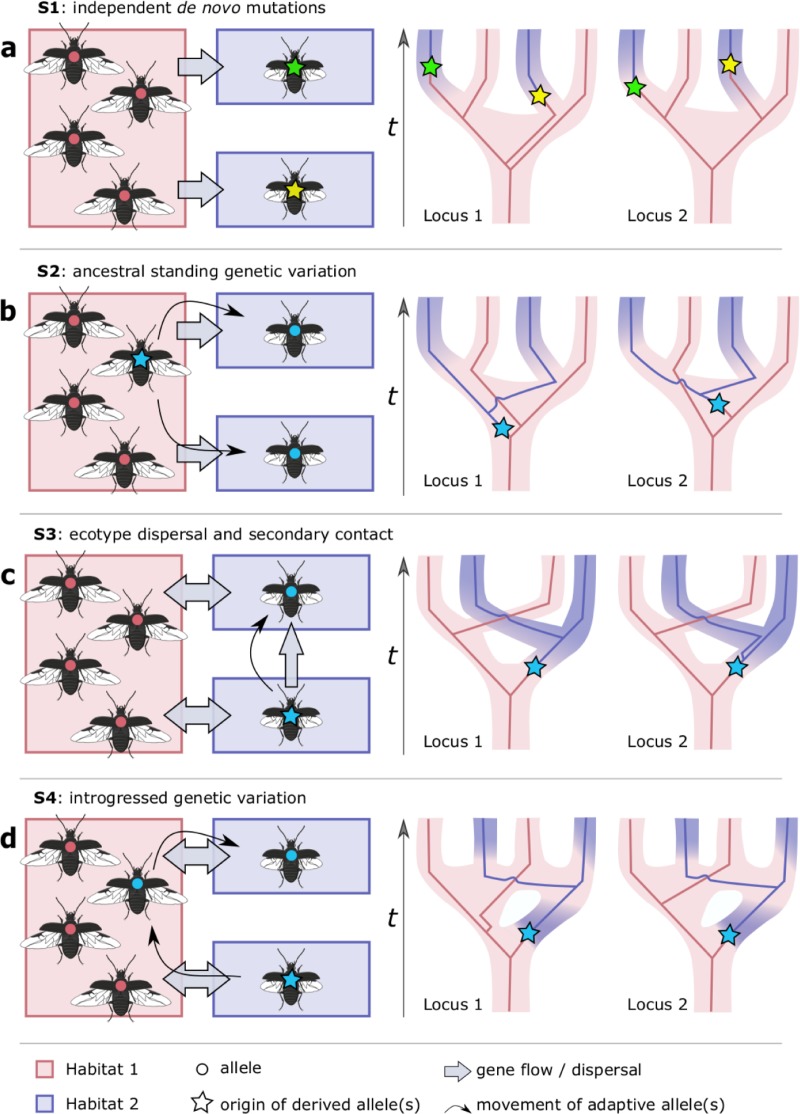Fig 1. Evolutionary scenarios describing the origin of adaptive alleles in cases of parallel ecotypic divergence.
Schematics on the left show the colonization of a new ‘blue’ habitat and the origin of alleles adapted to this new habitat. On the right, population histories are shown with examples of the expected genealogies at two unlinked loci that include an adaptive allele. (a.) In scenario S1, repeated adaptation to the ‘blue’ habitat occurs through independent de novo mutations and genealogies will not show monophyletic clustering of alleles adapted to the ‘blue’ habitat. (b.) In scenario S2, mutations originate as rare neutral or mildly deleterious alleles within the ancestral population and are later repeatedly selected when populations are exposed to the alternative environmental condition. This will be evident by monophyletic clustering of alleles adapted to the ‘blue’ habitat, but divergence patterns at unlinked loci that include an adaptive allele may differ strongly. (c.) In scenario S3, the derived ecotype evolves in geographic isolation, but disperses into suitable habitat patches and comes repeatedly into secondary contact with the ancestral ecotype. (d.) In scenario S4, derived alleles initially arise within a single isolated population as in S3, but are introgressed into the ancestral population, providing the raw genetic material for repeated and rapid evolution when populations later face similar environmental conditions. For both S3 and S4 monophyletic clustering of alleles adapted to the ‘blue’ habitat is expected, as well as a shared divergence pattern across unlinked selected loci.

